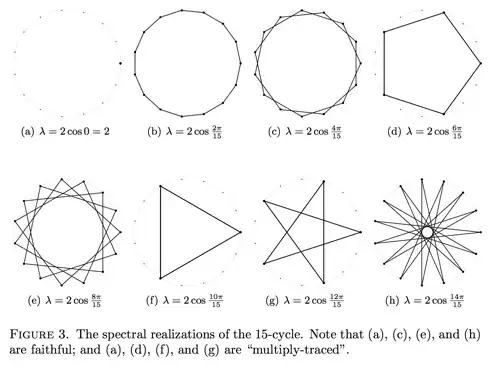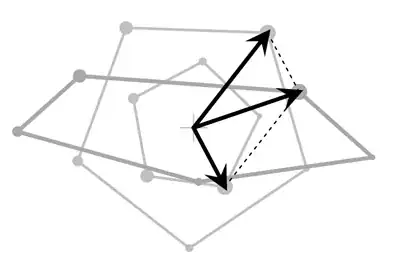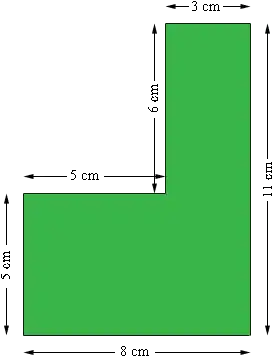(This was way too long for a comment on @Joseph's answer.)
Branko Grünbaum was my graduate advisor, so I couldn't help but to adopt a very broad view of polygons and polyhedra. To me,
A "hexagon" consists of six not-necessarily-distinct points (the "vertices"), connected, in order, by six possibly-zero-length line segments (the "edges").
(The "edges" don't even really need to be straight line segments, but can be curves. For purposes of this discussion, my edges are straight.) The definition encompasses familiar convex and non-convex figures, ones whose edges meet or cross at points other than their vertices (although the crossing-points aren't considered new vertices), ones that multiply-trace a simpler figure (say, by going around a triangle twice), the one in which all vertices coincide and you can't see any edges (I call this the "dot"), and cases where the vertices aren't even confined to a plane.
Here's a figure —featuring "15-gons"— from my note, "Spectral Realizations of Graphs", that examines highly-symmetric versions of these broadly-defined polygons and polyhedra. Each picture contains a polygon defined by 15 vertices joined by 15 edges, but the edges are allowed to cross and the vertices are allowed to coincide. (The polygon in (a) is the lonely black "dot" at the far right of the ghostly circle of gray reference points.)

(The math of the note may be a little intimidating, but the bulk of the content comprises zillions of pictures that everyone can enjoy.)
An advantage of this broader (and yet not broadest!) view is that it allows every member of the "hexagon" family to be deformed into any other by simply moving vertices around, not having to worry about edges crossing or collapsing. This freedom leads to some remarkable mathematics involving "adding" figures.
Below is a figure from my note "An Extension of a Theorem of Barlotti" that deals with this notion of addition. The figure indicates how vertices from the regular pentagons combine to give a vertex of the "flatter" pentagon.

One needs the very broad view of polygons here, because the definition of "addition" applies vertex-by-vertex, with no concern for how results of each step relate to one another; it's possible in general, for instance, to jiggle the pentagons being added in such a way that the resulting pentagon has crossed or collapsed edges.
Ultimately, one can combine the results of my two notes and declare, for instance, that
Any hexagon —as weirdly deformed (but straight-edged), self-intersecting, edge-collapsed, or non-planar as you like— is the "sum" of perfectly wonderful regular, planar hexagons.
A downside of this broad view is that one loses connection with some of basic facts (for instance, "the measures of angles of a hexagon sum to 720 degrees") that hold only for the most-elementary figures that one first encounters in Geometry, but as @Joseph mentions, "[O]ften the way mathematics grows is when an intuitive/familiar concept evolves to get insight into a broader collection of ideas".
What I learned from Branko Grünbaum is that
Once you think you completely understand something (like the notion of "polygon"), a generalization will turn up that shows you that you're just getting started. This principle applies even when you've already taken this principle into account, which is to say: You're never done.
It's not a quote, but I think it summarizes his philosophy pretty well.
So, even if this stuff is well beyond the scope of your son's current coursework, it can be helpful to have some awareness that there's much more to mathematics than what's presented in any one textbook ... if only to encourage students who get bored in class to find ways of tweaking the concepts in ways that make them interesting. ("But what if some of my hexagon's vertices lifted out of the page?") This really is how mathematics often advances.


